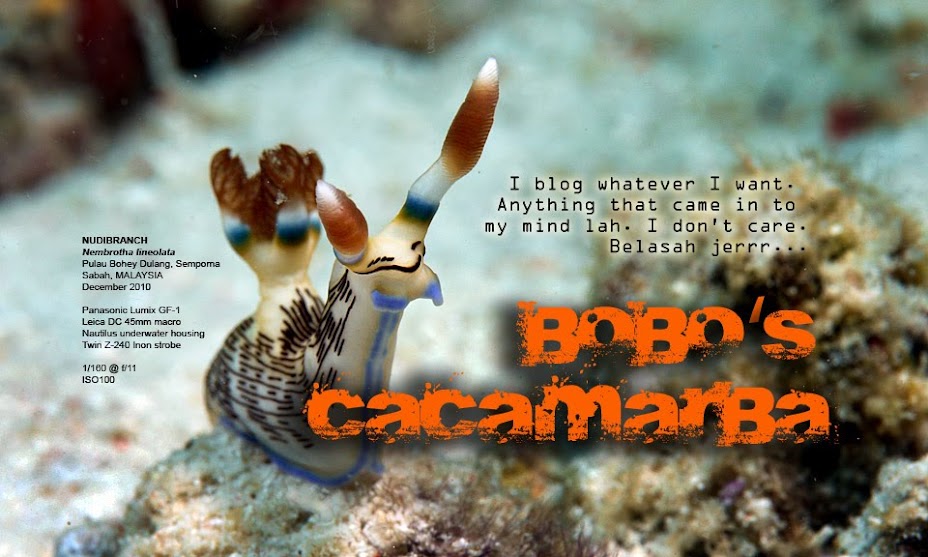BARU lima bulan selepas pelancaran hibrid pertama kamera refleks tunggal digital (DSLR) hibrid, EP-1, Olympus seolah-olah tidak sabar untuk menyaingi rakan terdekat Panasonic dengan melancarkan pula EP-2 dengan hanya beberapa penambahbaikan.
Bagi yang ‘terbeli’ EP-1, janganlah khuatir kerana EP-2 hanya mengalami perubahan kosmetik sementara enjin dan juga keupayaan kamera masih di tahap yang sama dengan EP-1. yang paling ketara ialah warnanya yang dikembalikan kepada warna konvensional kamera DSLR, hitam.
Penulis pernah menyatakan kepada jurutera Olympus kenapa hibrid mereka menggunakan warna putih dan jawapan yang penulis terima adalah kerana Olympus mahukan situasi elegan pada kamera terbaru mereka.
Namun dalam tempoh lima bulan termasuk pelancaran hibrid DSLR Panasonic GF-1 yang lebih konvensional, Olympus nampaknya terpaksa menurut kata pengguna dengan mewujudkan warna hitam pada EP-2 yang turut menggunakan format Micro Four Thirds.
Penukaran kosmetik yang paling ketara ialah penggunaan penilik pandangan masa sebenar elektronik (LVF) yang disambungkan dengan satu soket di atas paparan LCD.
Jika sebelum ini, Olympus hanya memperkenalkan penilik pandangan tanpa elektronik namun selepas Panasonic GF-1 memperkenalkan terlebih dahulu LVF, nampaknya sekali lagi Olympus terpaksa mengikut kehendak pengguna.
Apa pun, kelebihan kepada LVF Olympus, ia turut boleh disambung kepada mikrofon luar yang mempunyai keupayaan merakamkan bunyi stereo, satu kelebihan yang gagal dimanfaatkan oleh Panasonic ketika mereka bentuk GF-1.
Dan LVF EP-2 ini juga mampu ditolak ke atas bagi memudahkan pengguna merakamkan gambar dari sudut rendah tanpa melihat LCD.
Dalaman EP-2 ini pula terus dilengkapi dengan kapasiti 12.3 megapiksel termasuk sensor ISO sehingga 6400.
Dan seperti biasa dan kini sudah menjadi trademark Olympus, mereka turut melengkapkan EP-2 dengan penuras seni terbaru iaitu Diorama dan Cross Process.
Menariknya penuras seni Diorama ini jika digunakan akan menyebabkan imej yang dirakamkan seolah-olah menjadi semacam gambaran 3D.
Sementara Cross Process pula akan menyebabkan imej bertukar ke warna yang agak terang dan berlainan daripada warna imej asal.
Penggunaan penuras seni ini bertujuan untuk memberikan kemudahan kepada pengguna yang tidak mahu menyunting imej menggunakan perisian suntingan yang mampu menyukarkan pengguna jika tidak mempunyai kemahiran.
Lagi satu yang turut disediakan ialah fungsi i-Enhance yang memberikan warna lebih menarik dan terang berbanding realiti.
Yang kurang menarik ialah, fungsi dan penuras seni baru EP-2 ini tidak boleh dikemaskini untuk pengguna EP-1 dan mungkin ia sebagai salah satu daripada strategi jualan.
Malah, EP-1 dan EP-2 akan terus dijual kepada pengguna seiringan.
Olympus juga turut mengumumkan lensa terbaru Micro Four Thirds M.Zuiko Digital ED mereka termasuk 9-18mm (18-36mm format 35mm) f4.0-5.6 dan 14-150mm (28-300mm format 35mm) f4.0-5.6 yang akan berada di pasaran pada suku pertama 2010.
EP-2 bersama LVF akan dijual pada awal Disember dengan harga RM3,799 sementara EP-2, LVF dan lensa kit 14-42mm atau 17mm dijual dengan harga RM3,999.
Pengguna boleh merujuk www.olympusimage.com.my untuk sebarang maklumat lanjut dan tawaran harga menarik EP-2.
EP-1
EP-2
EP-2 dan LVF



